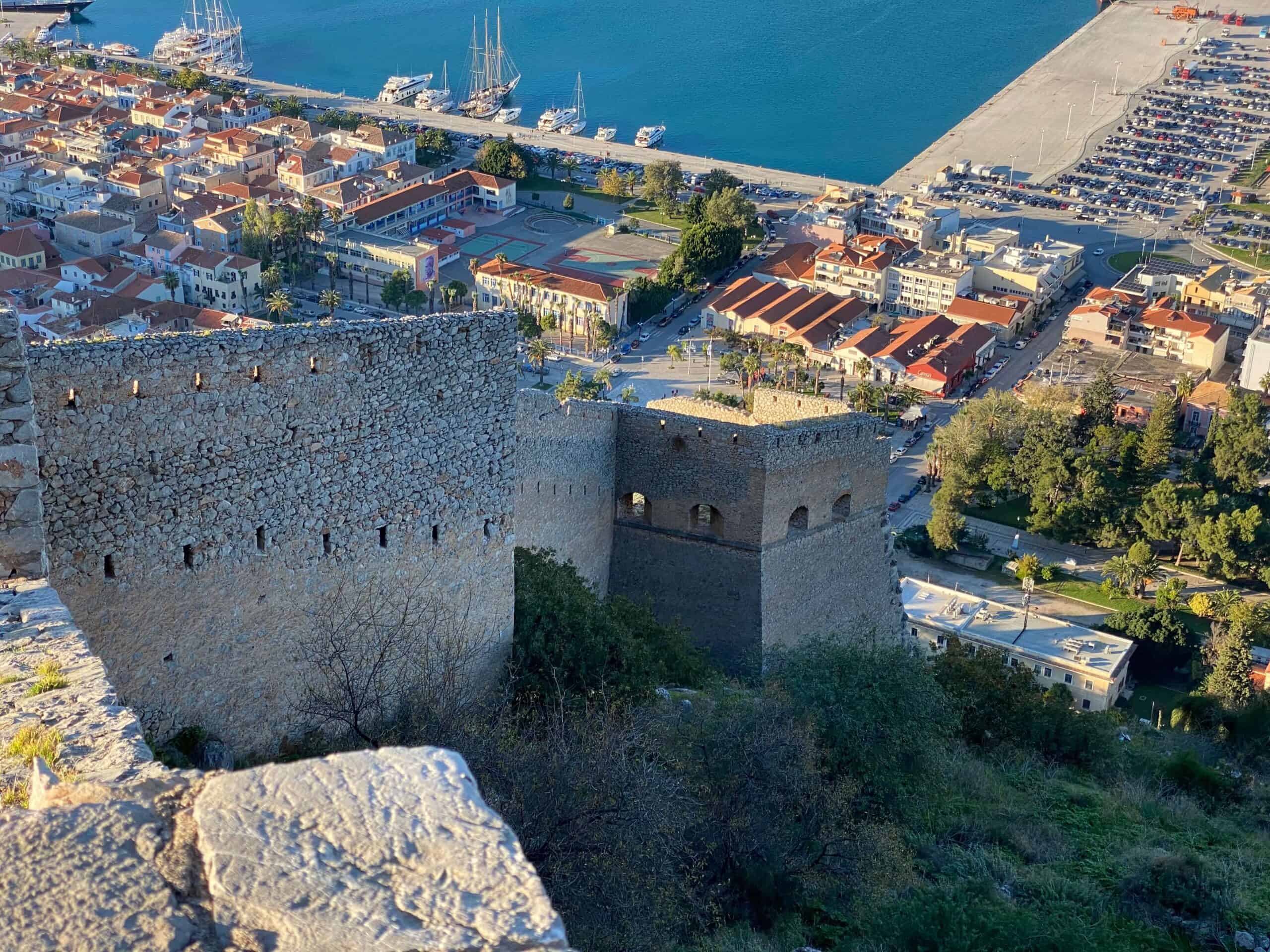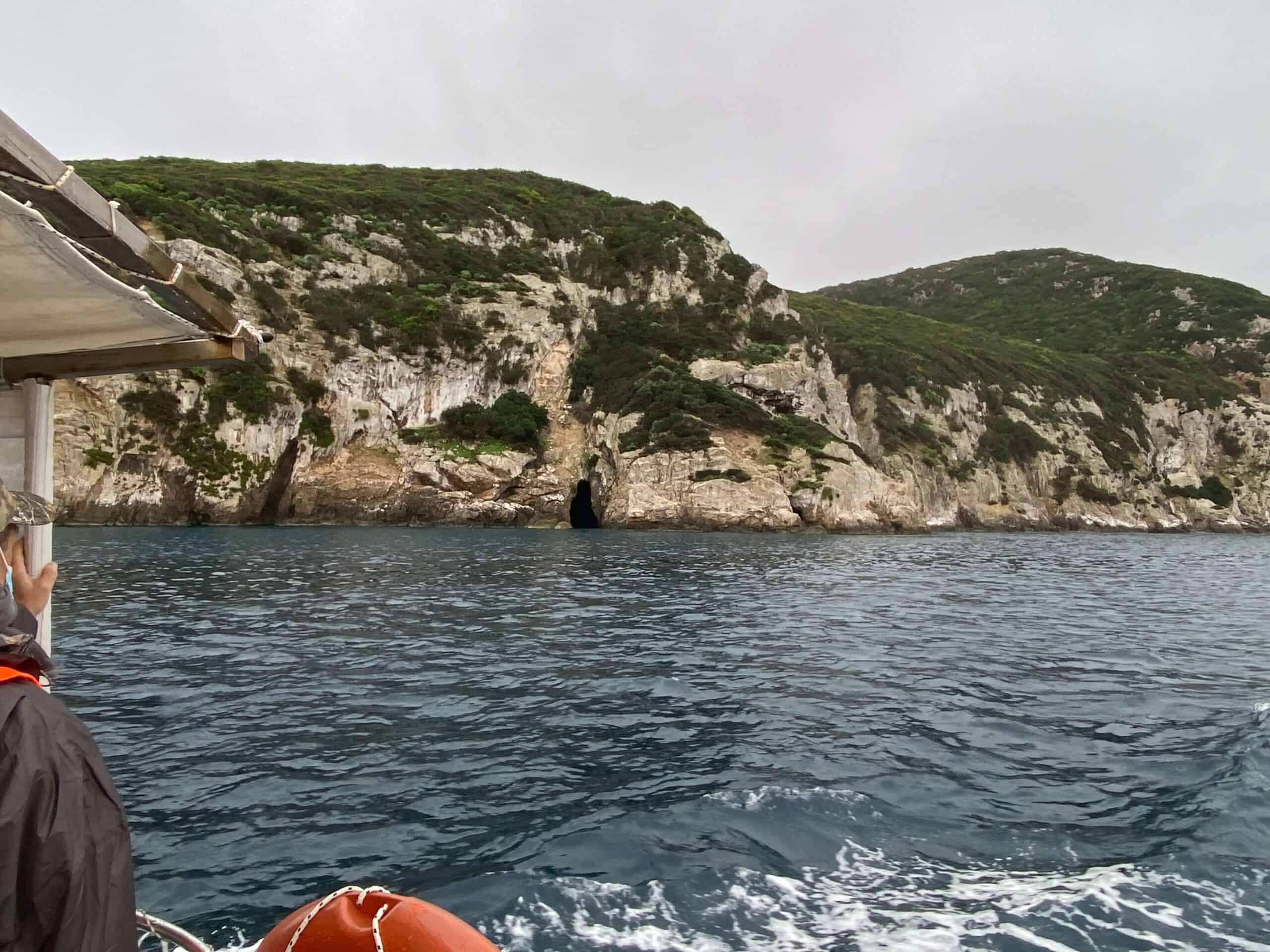
The Kri Kri ibex search in Greece is an extraordinary searching trip as well as an amazing hunting exploration all rolled into one. Hunting for Kri Kri ibex is an unpleasant experience for the majority of seekers, yet not for me! It's an unbelievable hunt for a beautiful Kri Kri ibex on an exotic island as we tour old Greece, dive to shipwrecks, and also hunt throughout 5 days. What else would certainly you like?

There is no set number of Ibexes, as the populace rises and fall. The Kri-Kri is the smallest ibex types (Capra Aegagrus Cretica) in terms of body weight, yet it has some lengthy horns. Even though some specimens were gauged at 115 cm in size, they were not counted in the survey. Searching of the Kri-Kri ibex is currently taking place in Greece. An Ibex gold prize actions 24 inches long. Hunting is allowed on Atalanti as well as Sapientza islands. On Atalanti, hunting is permitted from the recently of October to the very first week of December. Hunting in Sapientza is allowed the entire month of November, assuming the weather is favorable.
The first thing you will see when you show up in the Peloponnese peninsula is the stunningly attractive landscape. The mountains, lakes, woodlands, and rivers make this area a nature fan's paradise. There are additionally plenty of opportunities for hiking, angling, swimming, and other exterior activities. However the Peloponnese peninsula is not almost its all-natural elegance; there are also many historical as well as social websites to explore. Don't forget also angling, free-diving and also hunting. A few of one of the most popular traveler locations in the Peloponnese consist of ancient Olympia, Epidaurus, Mycenae, and also Sparta. These destinations use a fascinating glance into Greece's rich history as well as culture. If you want finding out more regarding Greek mythology, after that you will certainly intend to visit Mount Olympus, residence of the 12 Olympian gods. Naturally, no trip to Greece would certainly be full without attempting several of the scrumptious food. The Peloponnese peninsula is home to some of the very best olive oil worldwide along with feta cheese, olives, honey, and wine. Make sure to attempt several of the local specializeds such as dolma (packed grape leaves), Souvlaki (grilled meat skewers), as well as Gyro (meat wrapped in pita bread).
Experience 'Real' Greece with Our Peloponnese Tours. If you're seeking a genuine Greek experience, look no more than our Peloponnese tours. From old damages as well as castles to delicious food as well as a glass of wine, we'll show you whatever that this incredible area needs to offer. So what are you waiting on? Schedule your journey today! Your Kri Kri ibex hunting in Greece is here!
What is the diference between Kri Kri ibex, Bezoar ibex and hybrid ibex
The kri-kri is not thought to be indigenous to Crete, most likely having been imported to the island during the time of the Minoan civilization. Nevertheless, it is found nowhere else and is therefore endemic to Crete. It was common throughout the Aegean but the peaks of the 8,000 ft (2,400 m) White Mountains of Western Crete are their last strongholds–particularly a series of almost vertical 3,000 ft (900 m) cliffs called ‘the Untrodden’—at the head of the Samaria Gorge. This mountain range, which hosts another 14 endemic animal species, is protected as a UNESCO Biosphere Reserve. In total, their range extends to the White Mountains, the Samaria National Forest and the islets of Dia, Thodorou, and Agii Pandes.
This Ibex is NOT a diminutive form of the Bezoar Ibex, which has migrated into the western-most reach of the range of this species. The kri – kri (Capra aegagrus cretica), sometimes called the Cretan goat, Agrimi, or Cretan Ibex, is a feral goat inhabiting the Eastern Mediterranean, previously considered a subspecies of wild goat. The kri-kri has a light brownish coat with a darker band around its neck. It has two horns that sweep back from the head. In the wild they are shy and avoid tourists, resting during the day. The animal can leap some distance or climb seemingly sheer cliffs.
“The agrimi goat Capra aegagrus cretica is unique to Crete and its offshore islands. It has been identi®ed as a sub-species of the wild bezoar goat Capra aegagrus aegagrus Erxleben, 1777, which it closely resembles in horn shape, body form and coloration. This classi®cation has been disputed by some researchers who claim that the agrimi are feral goats, derived from early domestic stock brought to the island by the ®rst Neolithic settlers. In order to clarify this issue, DNA analyses (cytochrome b and D loop sequences) were carried out on tissue of live and skeletonized agrimi and compared to sequences of wild and domestic caprines. Results conclusively show the agrimi to be a feral animal, that clades with domestic goats (Capra hircus) rather than with wild Asiatic bezoar. This study demonstrates that morphometric criteria do not necessarily re¯ect genetic af®nities, and that the taxonomic classi®cation of agrimi should be revised.”